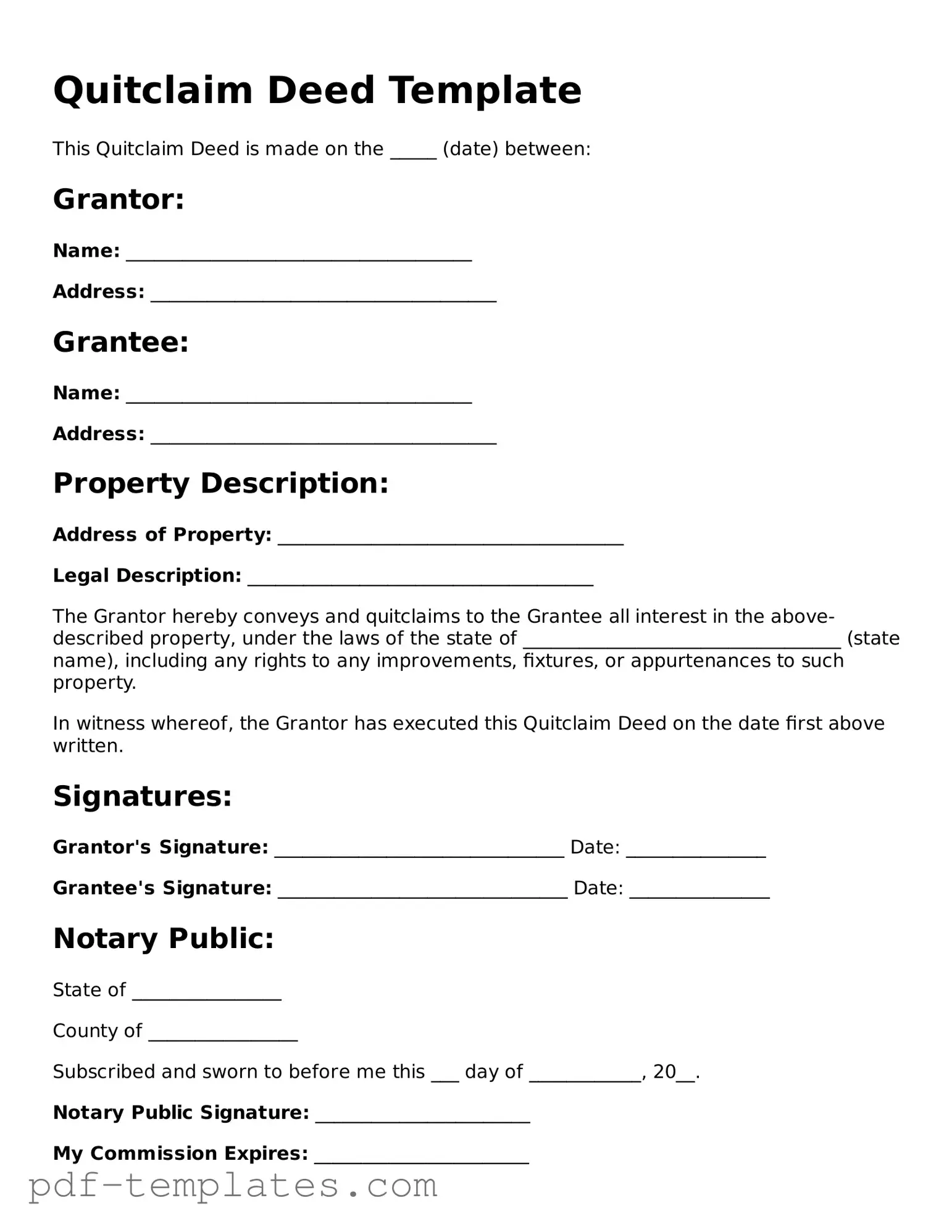A Warranty Deed is a document that transfers ownership of property while providing a guarantee that the title is clear. Unlike a Quitclaim Deed, which offers no such warranty, a Warranty Deed assures the buyer that the seller holds a valid title and has the right to sell the property. This document is typically used in traditional real estate transactions where the buyer seeks assurance against potential claims on the property.
A Grant Deed also serves to transfer property ownership, but it includes certain warranties, similar to a Warranty Deed. The Grant Deed guarantees that the seller has not sold the property to anyone else and that the property is free from any encumbrances made by the seller. This document is often used in California and provides more protection than a Quitclaim Deed.
When navigating the complexities of business transactions, it is crucial to ensure compliance with tax regulations, particularly in California. The California Resale Certificate, officially known as form CDTFA-230, plays an essential role in allowing businesses to purchase items without incurring sales tax, provided these items are intended for resale. This certificate serves as a declaration by the buyer, assuring the seller of their intent to resell the goods. However, it is important to handle this document responsibly to avoid penalties connected with misuse. For a comprehensive overview and access to necessary forms, visit All California Forms.
A Bargain and Sale Deed transfers property without any warranties against encumbrances. It implies that the seller has the right to sell the property but does not guarantee a clear title. This type of deed is often used in foreclosure sales or tax lien sales, providing a middle ground between a Quitclaim Deed and a Warranty Deed.
A Deed of Trust is used in real estate transactions to secure a loan. It involves three parties: the borrower, the lender, and a trustee. Unlike a Quitclaim Deed, which merely transfers ownership, a Deed of Trust establishes a security interest in the property, allowing the lender to foreclose if the borrower defaults on the loan.
A Leasehold Deed conveys a leasehold interest in a property rather than ownership. This document outlines the terms of the lease and the rights of the lessee. While a Quitclaim Deed transfers ownership, a Leasehold Deed provides temporary rights to use and occupy the property, making it a different type of agreement altogether.
An Affidavit of Title is a sworn statement from a seller affirming their ownership of a property and the absence of liens or encumbrances. Although it does not transfer property like a Quitclaim Deed, it serves as a declaration that can accompany a deed to provide additional assurance to the buyer about the title's status.
A Bill of Sale is a document used to transfer ownership of personal property rather than real estate. While a Quitclaim Deed pertains to real property, a Bill of Sale provides a similar function for personal items, ensuring that the seller relinquishes ownership rights to the buyer.
A Power of Attorney can be used to authorize someone else to act on behalf of a property owner in real estate transactions. While it does not transfer ownership directly, it can facilitate the execution of a Quitclaim Deed or other property documents, allowing another party to sign on behalf of the owner.
A Certificate of Title is a document issued by a title company that certifies the ownership of a property and any liens against it. While it does not transfer ownership like a Quitclaim Deed, it provides important information about the property's title status, helping buyers and sellers understand any potential issues before completing a transaction.
